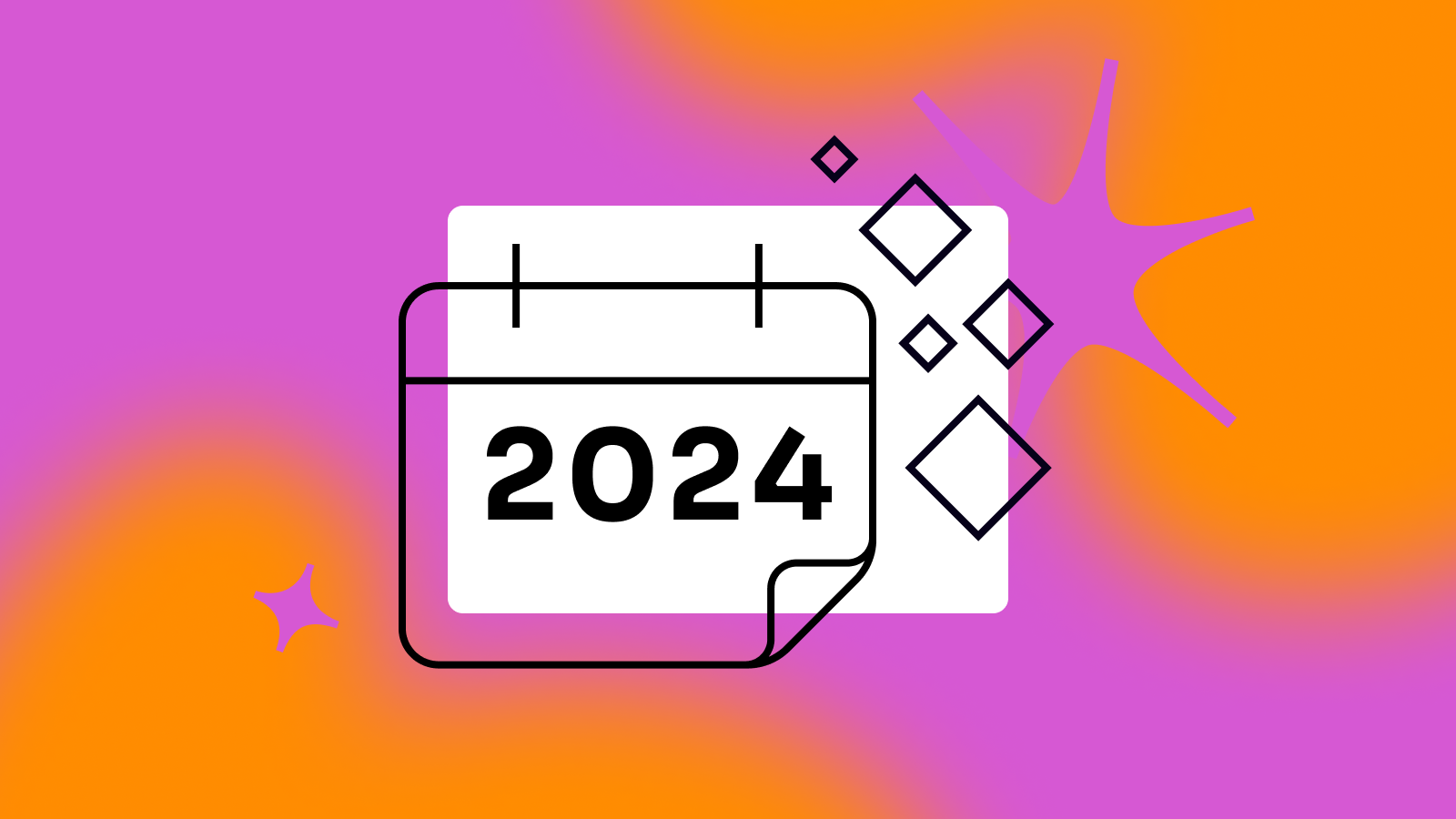Whether a company serves consumers or other businesses, the right product-led growth (PLG) strategy is essential for winning the future. The specifics of a company’s strategy will vary depending on the nature of its business and industry, but what all of them have in common are six core principles. These include things like delivering an “aha” moment ASAP, delighting users to encourage “stickiness,” and building virality into your product at every turn.
As B2B companies build their PLG strategies, they can take lessons from how B2C companies have succeeded. Consider the popular language-learning app Duolingo. In Pendo’s PLG Teardown web series, our panel of experts took a deep dive into how the app has scaled growth so well and why it continues to delight users. What they found were strategies and tactics valuable to all companies, regardless of industry or customer base.
Embrace “gamification” elements in your product
For language learners, Duolingo doesn’t just get you to an “aha” moment fast; it makes sure you feel like you’re having fun while gaining knowledge as you get to it. That’s why they designed their UX with intention, to feel like it’s a fun game.
As they begin to work through their lessons, users are met with fun animations, notifications, and even haptics. When they reach a milestone, the app uses these and other “gamified” elements to let them know. This gamification of the learning experience makes knowledge building more fun—and keeps the user coming back for more.
Build joy and whimsy into your SaaS product
Building these gamification elements into your product not only lets users delight even more in reaching their “aha” moment, it helps encourage stickiness, boosting retention and combating churn. Duolingo, for example, discovered that if a user completed language learning lessons for ten consecutive days, the chances of their dropping off went down dramatically. For that reason, the company takes steps to get users to hit that mark, sending encouraging messages and animations as a user’s daily streak grows.
Use customer data the right way
Finally, unlike many B2B products, Duolingo doesn’t ask its users to sign up and enter their personal information right away. Rather, it is confident enough in what its app offers to give users a chance to experience the product firsthand before sending any registration prompts. Only once a user has completed their first language lesson will they be asked to create a profile.
Duolingo also understands the potential for user data to drive virality. In prompting you to share your contacts with them, it shows the user who among their contacts is already on the platform, and who is not (and can be invited to join). By doing so, it elevates its app from a mere individual learning tool to a social activity and community. While this specific example of virality building may not translate exactly to B2B software, it should encourage companies to get creative with how they encourage user adoption and drive awareness.
To learn more about Duolingo’s PLG tactics and what B2B companies can learn from them, watch the full episode of the The PLG Teardown below:

